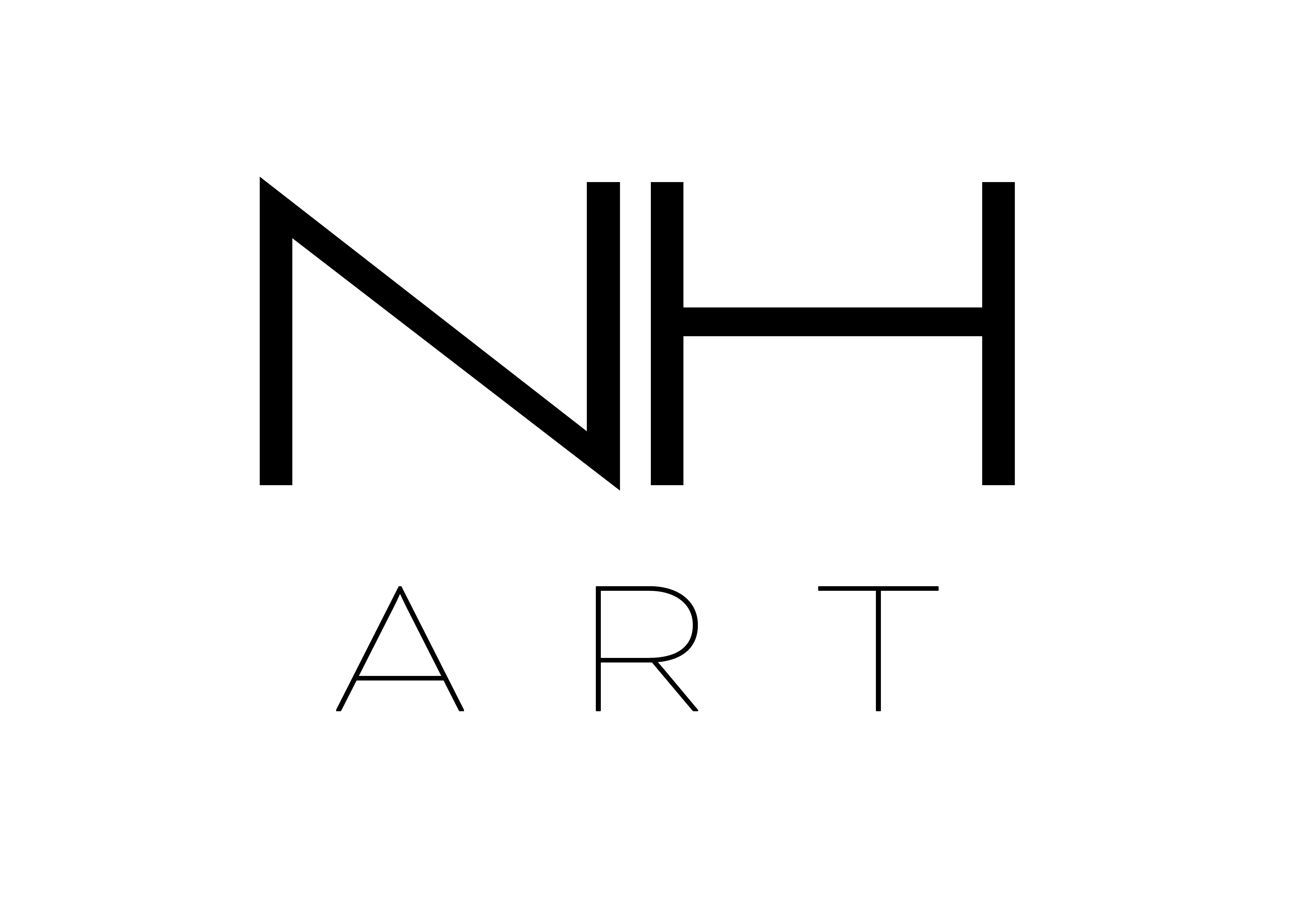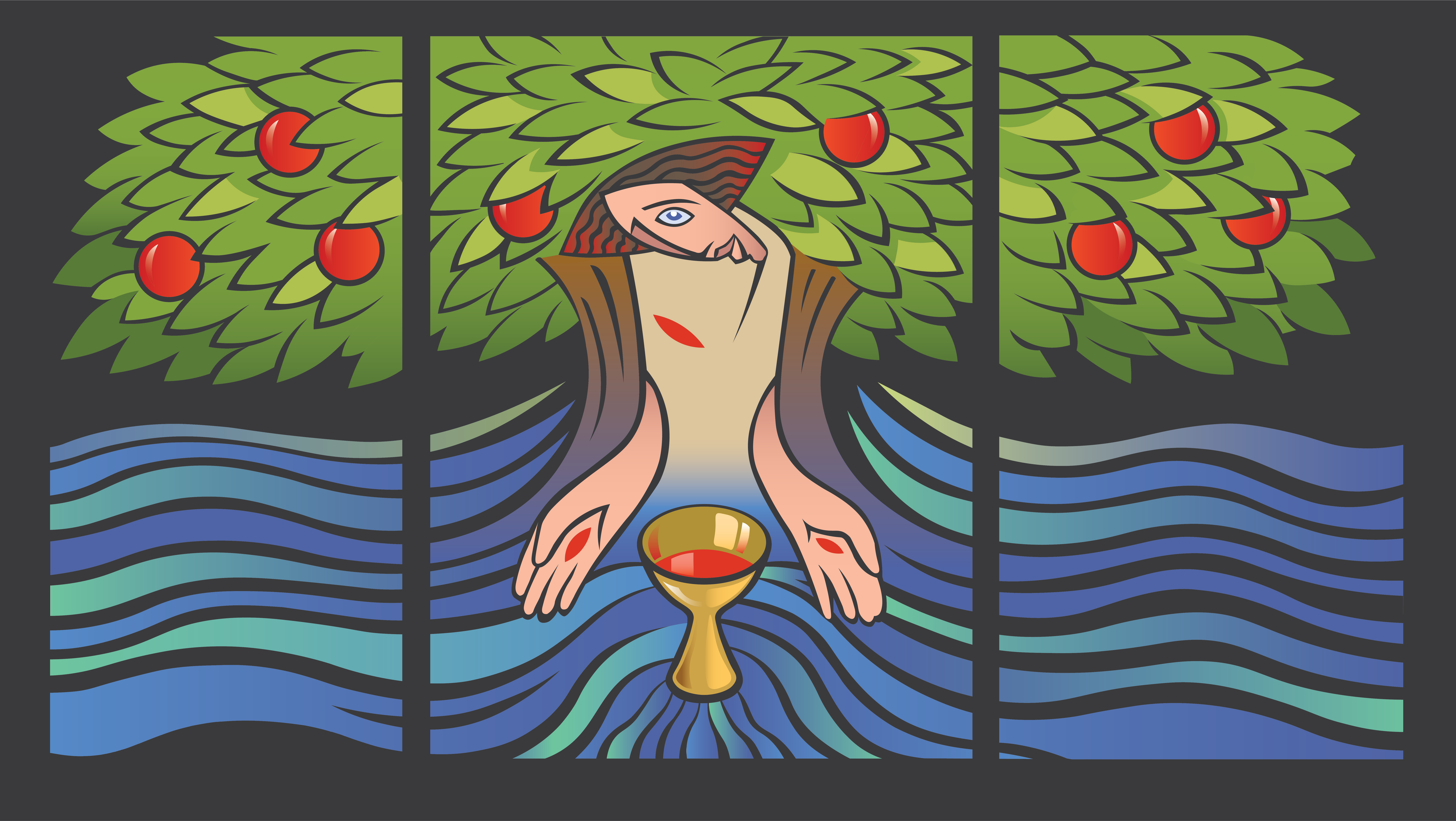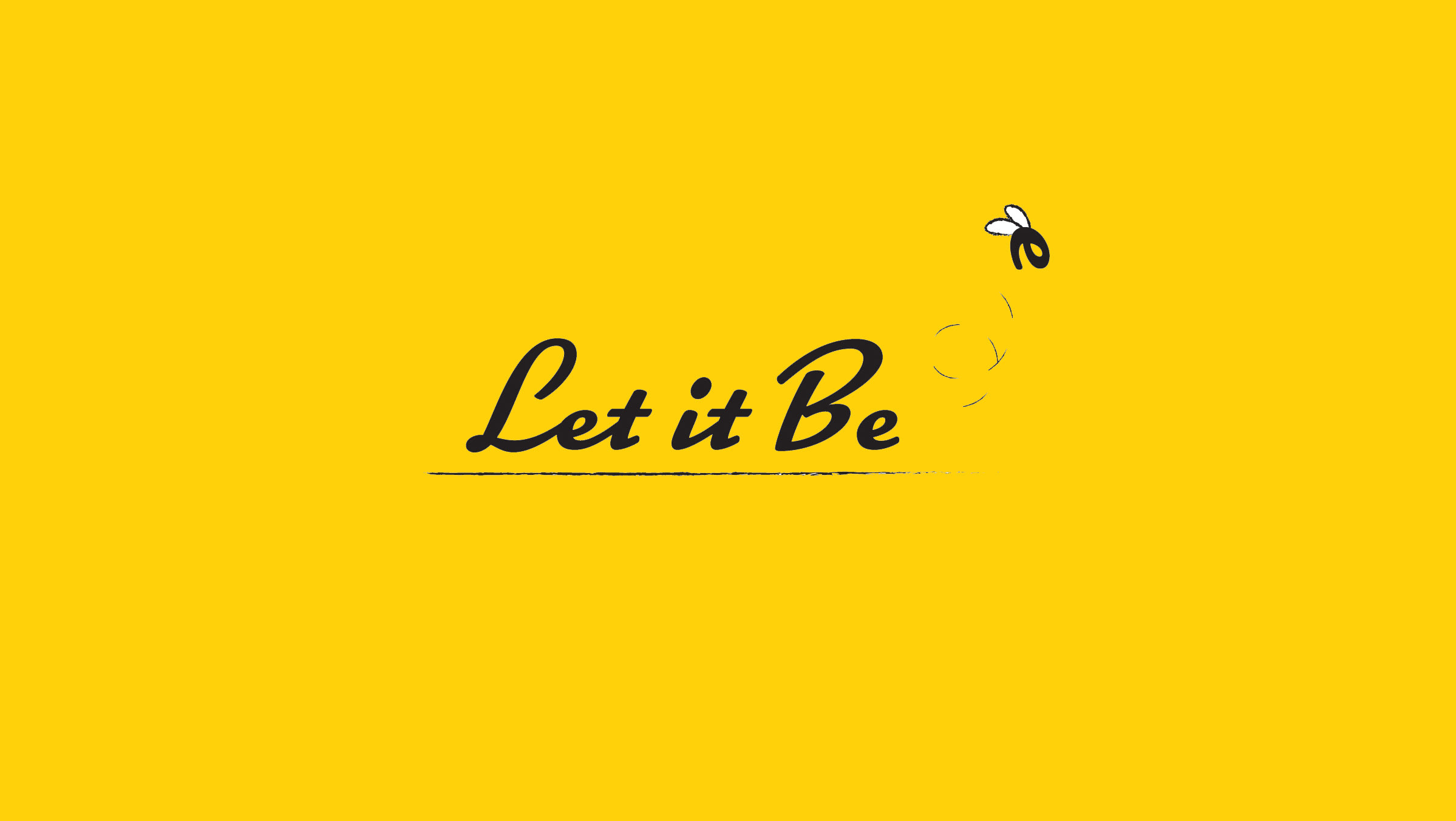The images needed to be simple and 'software-neutral'. This involved designing a User Interface (along with all of the assets) that is simple enough for a total novice to understand and close enough to the real-world equivalent that a novice could apply lessons learnt from the former to the latter.
The main challenge here was finding a balance between simplicity and applicability.
An image explaining file management and organisation.
The folder icons work well. There is a clear distinction between a full folder (visible paper) and an empty folder (no paper). They are also recognisable as their real-world equivalent.
Also, the folder hierarchy is clear: positioning of the assests and font size clearly establish that the other folders are inside the "END OF YEAR PROJECT" folder.
An image explaining file management and organisation within editing software.
The assets in this image are, for the most part, identical to the first. To signal a change in software I put together a basic UI and, crucially, shifted to a dark background with white text.
It's clear that we're dealing with the same files in a different software.
An image explaining video files.
The main addition to this image is the icon that represents video files. The icon itself meets the design goals previously discussed.
It is also clear that the "Day 1 Rushes" folder is now full.
An image explaining video file management.
Here we can see the files are now organised into the relevant folders. The simple change from the previous image is easy to see, and its clear that the files have been organised and their respective folders are now full.
An overview of the editing software.
This image is clearly recognisable as a paired down version of real editing software.
The timeline and its relationships to other sectors of the software is clear. The viewer can glean the duration of the video and audio clips by observing their relationship to the timeline. The clock on the left matches the timeline and both read 1 minute and 45 seconds. Although basic, it's imperative that these small things line up when explaining concepts to a novice.
The metaphor for source material as circle and Output as sphere is effective.
Close up of video and audio clips.
The main focus is the way that editing software represents these file formats. This simple waveform illustration does well to emulate the real-world equivalent.
Although these illustrations were very simple, they satisfy the brief totally.





